ANF Partnership “WINs” Local, National Favor
Allegheny National Forest holds special reverence for many Pennsylvanians. Whether it is the majestic beauty, unhindered solitude or peaceful sounds from songbirds, trickling streams and rustling leaves, the forest offers a treat for the senses in addition to endless hiking, camping, fishing and other recreational opportunities.
“While there’s so much to love about ANF, we can’t take this forest for granted, especially due to the legacy of impacts to the land from coal and oil extraction. ANF’S headwater streams are still recovering, while facing ongoing threats from invasive species,” says Nathan Welker, aquatics program manager for the U.S. Forest Service, about the 513,000-acre forest in Elk, Warren, Forest and McKean counties. “When you live and work in and around ANF, there is an unspoken understanding that you must do your part to care for and protect this local natural national treasure."



Nathan represents one of more than 40 different organizations and entities that collaborate and partner through the Allegheny Watershed Improvement Needs (WINs) Coalition.
Created by the Conservancy in 2007, the WINs Coalition promotes protection, restoration and habitat improvement activities within the watersheds that lie entirely or partially in ANF.
These organizations are committed to ensuring that ANF continues to thrive for future generations.
WINs Coalition members work together to assess watershed issues and community needs, and develop and prioritize an inventory of potential projects to either improve aquatic life in high-quality watersheds or restore impaired rivers and streams. WINs also

distributes responsibilities for managing projects and shares knowledge, expertise and experiences. It also works strategically to secure local, state and federal grants, with $13 million in funding secured to date, for 250 watershed projects and 80 river and reservoir cleanup efforts.
ANF Forest Supervisor Jamie Davidson says WINs is a unique national model for regional partnerships. In 2023, the Conservancy’s watershed conservation program was awarded the U.S. Forest Service’s Partnership Award for our long-standing work in ANF through the WINs Coalition. “It is an honor to recognize their hard work and share the deepest gratitude for their partnership,” says Jamie.
Also through WINs, hundreds of volunteers work on ANF projects each year. Samantha Lutz is one of them. She is a biologist and the chapter leader for Backcountry Hunters and Anglers. She encourages others to support local watersheds.
“I wanted BHA volunteers to get involved in habitat projects and build partnerships with federal and state agencies and conservation organizations,” she recalls. Sam and others worked with Conservancy Watershed Projects Manager Luke Bobnar on in-stream habitat projects in the ANF in 2023.
“It was an amazing hands-on experience that know left a lasting impression, not only on me, but also the other BHA members that volunteered. We are already working out the details to volunteer again this spring and summer,” Sam shares.
SAT. MAY 4, 2024 8:30 a.m. to 4 p.m.
On Members' Day, you and your family can:
• Meet our staff in person and learn about the work that you support throughout the region. Enjoy nature-based activities and attend the Annual Meeting, which includes special presentations featuring program highlights.
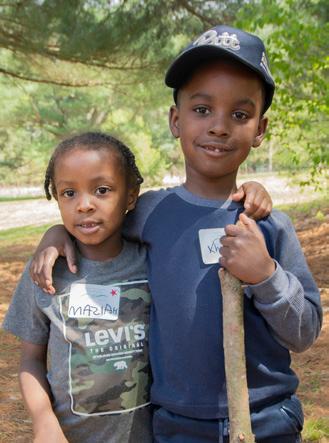
$23 for adults, free for children 10 and younger or join us with your own lunch.
Attend the entire day, or just a portion. Activities are free, but you must purchase lunch reservations in advance by Friday, April 26 Register for the day and/or purchase lunch online through one of the following ways: Visit WaterLandLife.org/MembersDay2024 to register and see the schedule of events.
Scan the QR code below.
Call 1-866-564-6972 or return the coupon below (with check payment if you wish to purchase lunch).
Please

Scan this QR code to register
• Experience Bear Run Nature Reserve and beyond on morning or afternoon guided hikes, including a hike for families with young children.
• Visit Fallingwater! Stroll the grounds, shop the Museum Store and visit the Speyer Gallery. If you would like to tour the house, book a reservation for your free tour in advance *
• Join our special guest, Tim Palmer, award-winning author of more than 30 books about rivers, conservation and adventure travel, as he shares a presentation on the beauty and natural history of the Youghiogheny River based on his book "Youghiogheny: Appalachian River."
• View the documentary “Seeing The Unseen: Aquatic Invaders & What's at Stake,” featuring the work WPC and partners are doing to fight aquatic invasive species in the Lake Erie watershed.
*NEW – Your free tour of Fallingwater must be scheduled in advance for Members’ Day. Call Visitor Services at 724-329-8501 for reservations.
Not a member, yet?
Visit WaterLandLife.org/Membership and join



Connecting and Restoring Streams in the Middle Fork Watershed

northeastern Pennsylvania. One such project is the Middle Fork watershed, located near her home in northeast Elk County and within the 24,000-acre State Game Lands No. 25.
The 6.5 square-mile Middle Fork watershed comprises the Middle Fork East Branch Clarion River and its tributaries, which drain into the East Branch Clarion River. These waters are nestled within the narrow valleys and flat mountaintops of this entirely wooded game land, which was established in 1919 as Pennsylvania’s first game land. Bear, deer and turkey are prevalent residents amid the natural beauty.
Although picturesque, wild and popular with anglers, the Middle Fork watershed also harbored unflattering characteristics, including fragmentation from dirt and gravel roads and undersized culverts. Culverts blocked fish passage and the roads introduced high levels of sediments into the streams and increased flood risks.
In 2016, Trout Unlimited, the Pennsylvania Game Commission and the Conservancy partnered on a watershed management plan and assessment that identified 19 projects across the watershed to improve habitat and reconnect 12.6 miles of the Middle Fork.
Rivers, streams and lakes are idyllic and essential features of Western Pennsylvania’s natural heritage and industrial history. Among many other benefits, they provide drinking water for local communities and habitat for fish and other aquatic species. Their health is intricately tied to the success of our region’s economies, environment, recreation and quality of life.
The overall importance of rivers and streams is never far from Kylie Maland’s mind. As the watershed manager for the Lake Erie & Ohio River basin, Kylie is one of several Conservancy watershed scientists and professional staff working to improve our region’s water quality. Through a number of strategic projects and initiatives, such as streambank restoration, culvert replacements, tree plantings and in-stream habitat work, our watershed conservation staff has restored more than 3,000 miles of local rivers and streams with the help of local landowners and partners. These projects help restore the areas in and around rivers and streams by reducing sediment, reconnecting waterways and restoring floodplains.
Kylie, who works from the Conservancy’s Allegheny Regional Office in Ridgway, says it’s an amazing opportunity and incredible honor to lead projects to restore watersheds in her backyard of
A $230,308 grant from the National Fish and Wildlife Foundation, PGC grants and other funding made it possible for work to begin in 2020 to replace five culverts, allowing fish and wildlife to move unimpeded under roads and along the stream. Funding from Colcom Foundation and the PA Coldwater Heritage Partnership also supported Middle Fork habitat improvements.
Additional improvements included streambank stabilization projects to prevent erosion and flooding, and naturally fallen logs that provide multiple in-stream benefits for fish and wildlife (see Page 4 for more details). Other project partners include the Elk County Conservation District, Seneca Resource Group, Penn State Center for Dirt and Gravel Roads, and the PA Department of Conservation and Natural Resources.
 Samantha Lutz and other Backcountry Hunters and Anglers members volunteer with Conservancy staff on a large woody material restoration project in the Allegheny National Forest in Warren County.
Samantha Lutz and other Backcountry Hunters and Anglers members volunteer with Conservancy staff on a large woody material restoration project in the Allegheny National Forest in Warren County.
Issue 8 Spring 2024
The Conservancy’s Luke Bobnar, Kylie Maland and Eric Chapman receive the U.S. Forest Service’s Partnership Award at the 2022 National Rise to the Future Award ceremony for our work in ANF. They are joined by USFS Deputy Chief Chris French and USFS Undersecretary Dr. Homer Wilkes.
A
newsletter highlighting experiences of our members, partners and volunteers
East Branch Clarion River, near the mouth of the Middle Fork, where Conservancy staff and partners improved habitat for fish and wildlife, and enhanced access for anglers WHAT 'S INSIDE This issue of WPC’s Perspectives newsletter focuses on the work the Conservancy is doing to improve water quality in our local rivers and streams across the region. To learn more, volunteer, find out other ways to get involved or donate, email us at water@paconserve.org or visit WaterLandLife.org Perspectives Perspectives 1 WaterLandLife.org NON-PROFIT ORG US POSTAGE PAID PITTSBURGH, PA PERMIT NO 2504 The Western Pennsylvania Conservancy protects and restores exceptional places to provide our region with clean waters and healthy forests, wildlife and natural areas for the benefit of present and future generations. The Conservancy creates green spaces and gardens, contributing to the vitality of our cities and towns, and preserves Fallingwater, a symbol of people living in harmony with nature. 800 Waterfront Drive, Pittsburgh, PA 15222 412-288-2777 info@paconserve.org WaterLandLife.org Fallingwater.org Name Address City State Zip E-mail Phone Register today for our favorite day of the year! Join WPC for Members’ Day! We love meeting our members and we want to show our gratitude! Join us at The Barn at Fallingwater at Bear Run Nature Reserve for WPC’s Members’ Day and Annual Meeting It’s a day full of naturebased activities for everyone. Start with a complimentary continental breakfast from 8:30 -10:30 a.m. and plan your day. Meet some of our staff and learn how your valued support is being put to work at the Annual Meeting, then enjoy an optional catered lunch buffet at the Barn
Perspectives 5 WESTERN PENNSYLVANIA CONSERVANCY
cut this portion and return it to us using the enclosed envelope.
Total Number Attending Adults & Children Bringing Own Lunch Adults & Children 11 and Older Lunch Buffet ($23) Children 10 and Younger Lunch Buffet (Free) Total Amount Enclosed $ # # # #
today!
(Continued on next page)

Kylie says this effort is a prime example of how leveraging partnerships and working collaboratively in one watershed over a long period can drastically improve water quality, habitat connectivity and other ecosystem services.
“Headwater tributaries, such as the Middle Fork, are especially important for cold-water refuge for trout, especially in the summer months, when the larger main stem becomes too warm. Smaller, colder headwater systems, and access to them, are essential for trout reproduction and survival,” she adds.
Northcentral Region PGC Forester Travis Weinzierl says working with the Conservancy and other partners on this project yielded a collective benefit beyond habitat enhancements.
“Through partnering, we bring all of our passions, expertise and resources to the table and that has been amazing to experience. At the end of the day, all species—human and aquatic—benefit,” he adds.
Since 2020, the partnership has improved and reconnected eight miles of Middle Fork, and, by the end of 2024, four more miles will become accessible. Kylie is constantly reminded of her job’s human benefits, one of which is accessing and connecting all to nature.

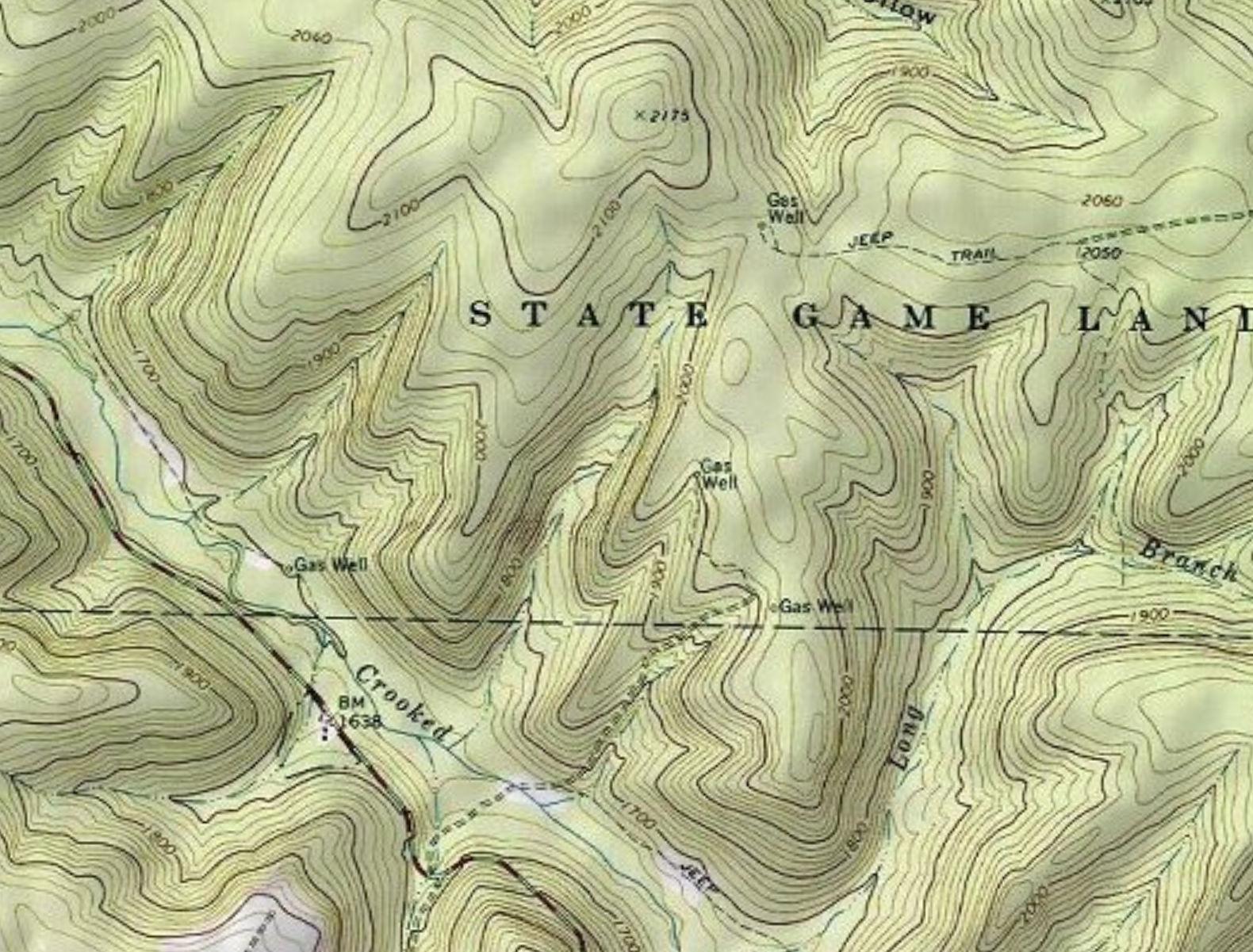
“This project has been very special to me," says Kylie. "I’m afforded an amazing opportunity to take my children, my pets and my friends to see and benefit firsthand from the type of work that do while highlighting this incredible natural resource we have right in our backyards."

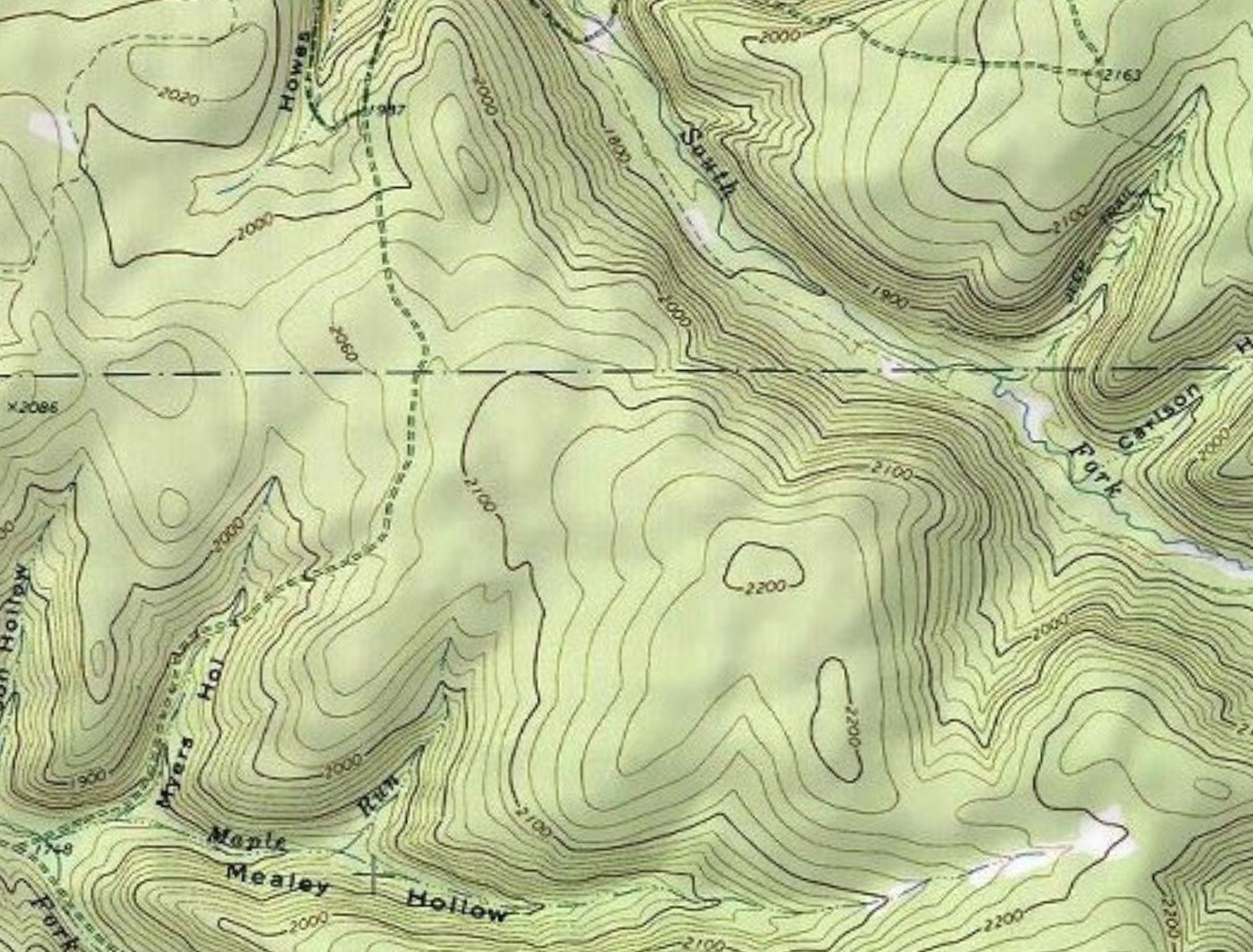
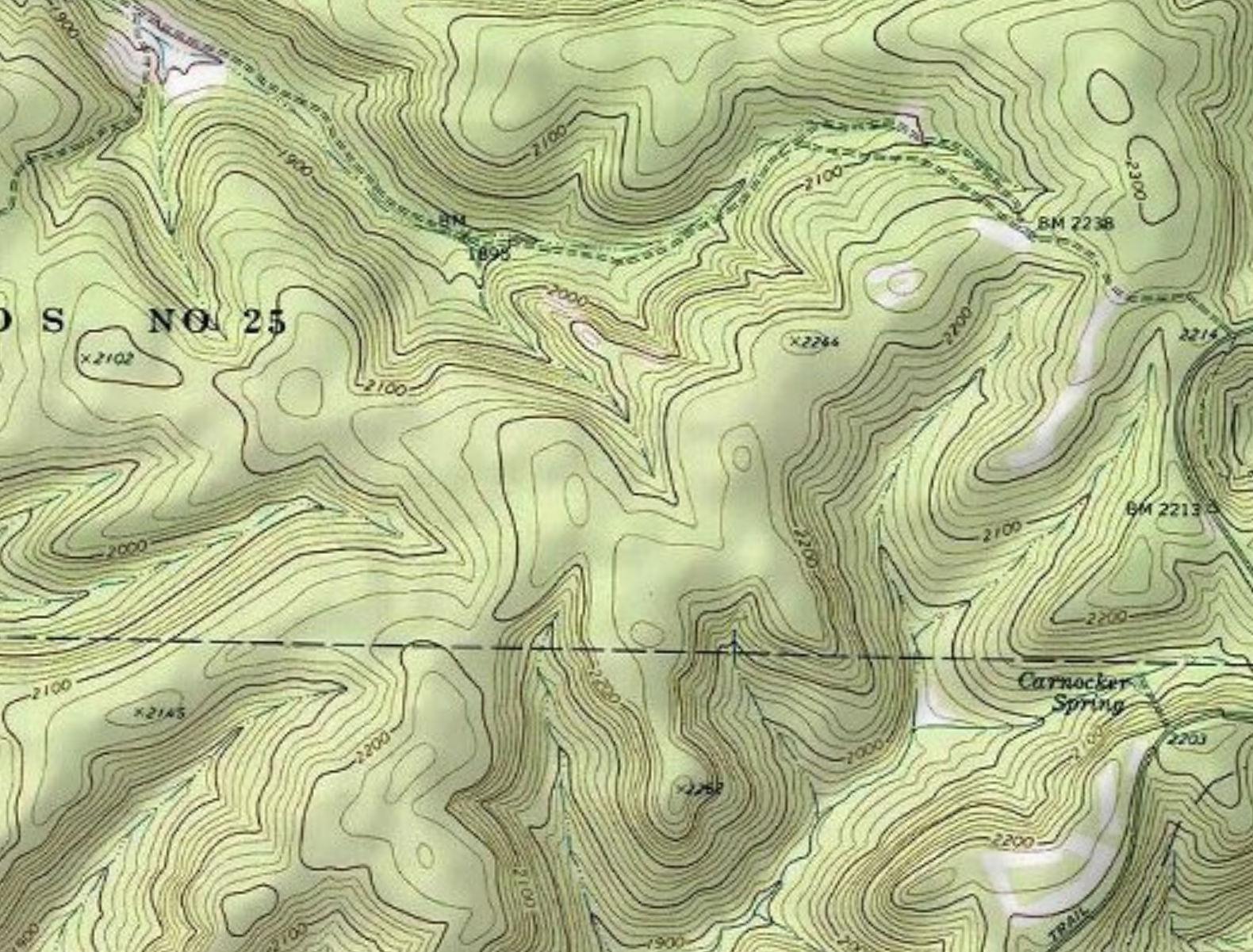
Timber Deck Bridges “Let Aquatic Organisms Do Their Thing”


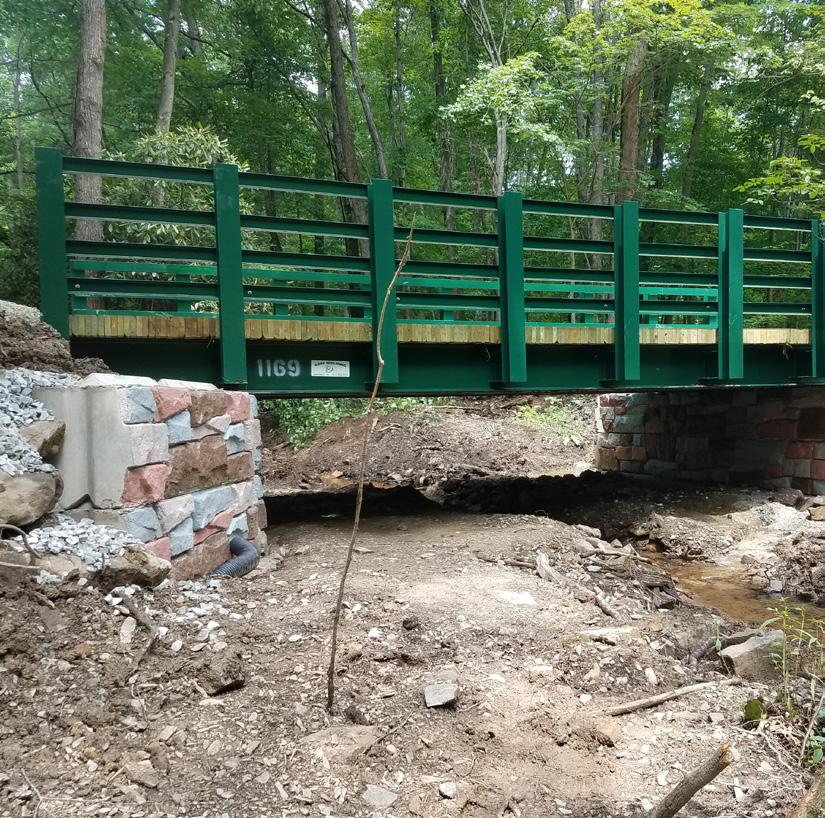
Mike Mumau has, in his words, “a keen interest in brook trout.”
Recreational fishing interests aside, the PA Department of Conservation and Natural Resources park operations manager at Laurel Hill State Park also has a keen interest in keeping employees safe as they traverse the park’s many secondary roads.
He’d read that replacing steel culverts under roads with timber deck bridges over streams improved aquatic organism passage (AOP), so fish and turtles and other organisms could pass up and downstream easily. And he knew about the Conservancy’s work in the Allegheny National Forest to remove culverts and improve AOP.
So when a section of dirt road collapsed over a grossly undersized, rusting culvert on an unnamed tributary to Laurel Hill Creek, Mike contacted Greg Schaetzle, WPC watershed manager for Southwestern Pennsylvania. Mike knew installing a timber deck bridge, which tends to be less expensive and require lower maintenance than other infrastructure, would “let the aquatic organisms do their thing and create a much more natural system.” Although the bridges are not the best choice for high volume roads, he explains, “for low volume, dirt and gravel roads and forestry roads, they’re the cat’s meow.”
The situation was perfect for installing a timber deck bridge, Greg agrees. “Timber decks are good for smaller, lower-gradient streams and are easy to do because of their ‘cookie cutter’ design.”
Typically, WPC’s role is to identify a structure in need of replacement or places that don’t have AOP, then work with funders and write grant proposals, Greg explains. “Our partners often provide the human effort and help with installation.” Sometimes contractors are hired do some work, but some organizations complete the structures themselves, he says.
Mike notes that PA DCNR and WPC currently have projects in varying stages, including plans to restore Shafer Run in Somerset

County to a natural stream channel by removing numerous barriers. “When priorities align between organizations, that’s the perfect opportunity to take a partnership to the next step,” he says.
For the Laurel Hill State Park timber deck bridge project, discussion began in 2017. WPC raised funds and then provided supervisory assistance during construction. Acquiring permits is always a lengthy process, but construction commenced in 2020 and took around two weeks, including diverting water, and contractors installing footers, abutments and beams. Three DCNR staff finished the timber deck portion.
The difference in the stream, Mike says, was night and day. “Before there was deposition of sediment. Now, there’s a more naturalized stream channel, with no barriers,” he says. “Before, the water was funneled, washing out sections of streambank. Now, you don’t see erosion—the streambank is more intact.” The bridge also makes the road safer for vehicles.
And of course, brook trout are swimming freely upstream and breeding…which makes trout fishing fans like Mike Mumau—and especially the fish—very happy.
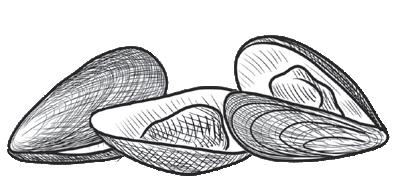



A while after her husband of nine years, Tom, passed away in 2023, Margie Forbes picked up the book “Eager; The Surprising, Secret Life of Beavers and Why they Matter,” by Ben Goldfarb. Still distraught over her loss, she found comfort in its pages.
“I was intrigued by how beavers make everything better for other species,” Margie says. “I was reminded so much of Tom…he loved the outdoors, and was a happy and competent helper to everyone.” A talented woodworker, Tom was even crafting a second kayak with which to enjoy a favorite water recreation.
The Greensburg couple had been Conservancy donors since 2014, and Margie contacted WPC Senior Director of Development Julie Holmes about donating again in Tom’s memory. “I asked if we have beavers in our area. Julie said yes and also explained the Conservancy’s large woody material (LWM) restoration work, which somewhat mimics that of beavers.”
Inspired by the book–“I couldn’t put it down and my friends laughed because I kept repeating beaver facts”–and to honor Tom, a history teacher who found joy in camping, kayaking and all things nature, Margie recently donated $10,000 to the Conservancy to continue LWM work.

use chain saws, griphoists and muscle—the species can be partners in restoring natural ecosystems. Often called nature’s engineers, beavers are our restoration partners when we protect wetlands or a property with headwater streams.

The work of both beavers and our watershed conservation staff and volunteers raises water levels, sometimes creating wetlands, which are valuable ecosystems hosting a variety of plants, animals, birds and insects. Downed trees provide critical food, shade and shelter for fish, wildlife and macroinvertebrates… and connect those aquatic and terrestrial ecosystems. Dams and downed trees cool streams during summer and slow water flow, helping to mitigate downstream flooding. Stored groundwater helps to moderate droughts and keeps vegetation moist, preventing wildfire spread.
Since 2013, WPC’s watershed conservation staff has partnered with the U.S. Forest Service to create LWM projects in the remote headwater streams of the Allegheny National Forest.
Although LWM most closely mimics windthrow (a historic disturbance that adds wood to streams), in many ways, LWM work also mimics and enhances beaver activity.
Known for felling trees and damming streams, “Beavers do what they naturally evolved to do,” explains WPC Watershed Projects Manager Luke Bobnar. “They create deep water in which to hide and store food, and re-wet portions of floodplains so their preferred food, such as willows, can better grow. Like people, they engineer their landscape to suit themselves.”

“With LWM, we slow and redirect water flow in a ‘naturally inspired’ manner,” Luke explains. “Just like beaver dams, our jams are porous, and native fish have no problem navigating them. And like beaver dams, our jams sequester carbon and nutrients closer to their source—leaves, twigs and branches, which are the basic parts of a healthy aquatic and riparian ecosystem.”
Tom would be proud, says Margie, that a donation in his memory can help continue this vital work. “Being in nature was soothing to him,” she recalls. “He would be pleased.”
Top: WPC’s watershed conservation team used large woody material restoration to create log jams on Salmon Creek in the Allegheny National Forest. LWM can provide a strong “skeleton” on which beavers can build, as they did here.
Although the methods of beavers and humans differ—beavers use teeth and tails to push wood and mud into place, while we
Bottom: Conservancy donors Tom and Margie Forbes on the Allegheny River just north of Pittsburgh.
Before: A secondary road in Laurel Hill State Park caved in above this undersized culvert, which did not allow aquatic organism passage. During construction: PA DCNR employees helped construct a timber deck bridge. After: The bridge is safer for vehicles; a wider stream bed encourages AOP.
Perspectives 4 WaterLandLife.org (Continued from Page 1)
Conservancy Watershed Conservation Manager Kylie Maland’s family enjoys the close-to-home beauty and solitude of West Branch Clarion River.
Perspectives 2 WESTERN PENNSYLVANIA CONSERVANCY
YOU CAN IMPROVE WATER QUALITY Install a rain barrel or other rainwater capture system to reduce runoff and flooding in your yard. Volunteer with WPC to plant trees along streams. Email water@paconserve.org for more information. If you own property with a stream, plant trees or leave vegetation along the stream. They will catch runoff, reduce erosion and provide habitat. Donor’s Gift Recognizes Work ‘Naturally Inspired’ by Beavers 1 9 10 2 11 4 12 14 3 5 6 7 8 13 16 17 18 15 19 Copyright:© 2013 National Geographic Society, i-cubed 0 0.5 1 0.25 Miles Project_Site PGC_Roads Stream Middle Fork Watershed SGL_Boundary Middle Fork Watershed Improvement Project Project Site Map 736 in Culvert pipeCompleted2020 14 Mudsill Complete 2021 15Bridge 40ft Completed 2021 6Bridge 20ft Completed 2021 8Bridge 40ft Completed 2021 9Rootwad Deflector Completed 2021 1Modified Mudsill Completed 2022 13Remove CulvertProposed 2024 17Remove CulvertProposed 2024 18 For Completed 2023 2Rootwad Deflector Completed 2022 3Bridge 40ft Completed 2022 5Bridge 50ft Completed 2022 10Rootwad Deflector Completed 2023 11Rootwad Deflector Completed 2023 12 Mudsill Completed 2023 16Bridge 30ftProposed 2024 19Bridge 30ftProposed 2024 4Large Woody JamProposed 2023-2024
Project_SiteStructureStatusSchedule
This map of the Middle Fork watershed in Elk County shows the 19 restoration projects advanced by the Conservancy’s watershed conservation staff.










 Samantha Lutz and other Backcountry Hunters and Anglers members volunteer with Conservancy staff on a large woody material restoration project in the Allegheny National Forest in Warren County.
Samantha Lutz and other Backcountry Hunters and Anglers members volunteer with Conservancy staff on a large woody material restoration project in the Allegheny National Forest in Warren County.
















